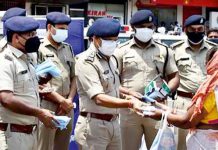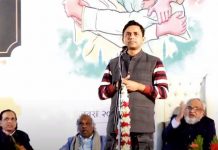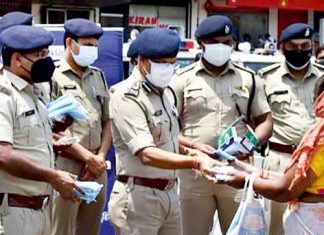
Cops basically work for the community. When the police is receptive to the feedback of the public and seek their cooperation, the community in turn functions as the eyes and ears of the police and the community works as part of the police functionary.
The 26/11 terror attack impacted the citizen’s psyche; the credibility of the government in protecting citizens was at stake. Four seminars and workshops were held to assure the citizens that the Force is always there to provide safety and security, even at their cost of their own lives. These seminars were addressed by eminent personalities like APJ Abdul Kalam, KPS Gill, NK Narayanan, Shamal Dutta, Julio Ribeiro and various others.
A digital platform like www.copconnect.com can be used to connect cops and communities. About 1600 youngsters joined when this platform was launched and queries about it came from across the globe. These young people were able to approach cops directly for any query and to clear their doubts regarding any situation.
Another option could be appointing activists, preferably youngsters, to bridge the gap between youth and police.
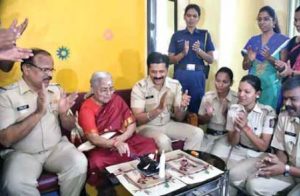 Senior citizens could also be connected to cops. When I was the CP of Mumbai in 2009-10, I created www.humarisurakhsha.com. 40,000+ senior citizens were connected through the site in a short span of time.
Senior citizens could also be connected to cops. When I was the CP of Mumbai in 2009-10, I created www.humarisurakhsha.com. 40,000+ senior citizens were connected through the site in a short span of time.
The Mumbai Police could revive these two platforms with the additional capability of Artificial Intelligence (AI).
Online technology can be used effectively for household helps too. They could record their presence through fingerprint and face recognition technology.
The security and wellbeing of women and children is uppermost in our minds. This was why we set up a helpline number – 103 – for women and children in 2010 to provide them with a direct helpline to lodge a complaint whenever they face any kind of harassment or abuse.
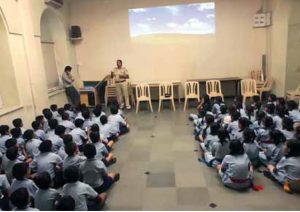 Building relationships with children is very important. Visiting schools to talk to them, educating them about favourable and unfavourable touches and other kinds of abuses, and the open door where they could approach the police anytime will clear their doubts and misconceptions. Children are intimidated by cops. Such visits and communication can rid them of such fears.
Building relationships with children is very important. Visiting schools to talk to them, educating them about favourable and unfavourable touches and other kinds of abuses, and the open door where they could approach the police anytime will clear their doubts and misconceptions. Children are intimidated by cops. Such visits and communication can rid them of such fears.
Effective traffic management is about educating, engineering and enforcement. Motorists should be fined, but at the same time be educated about rules and regulations. Enforcement should be the last step, and education the top priority. Mumbai Police is one of the best forces in the country. They are sophisticated, better educated and helpful. Nowhere would you see a police officer pushing a car when it is stuck in the rain.
The Mohalla Committees launched by former DGP Ribeiro, works to bridge the gap between the police and minority communities. They help in slum policing, thus drawing people to work with the police to resolve issues. During the pandemic, the State Police, with the support of local NGOs, helped thousands of migrants and locals alike. It was one of the best examples of community policing.
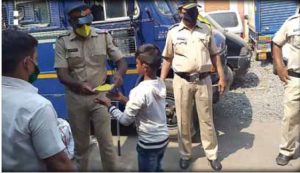 Another fine example was witnessed last year during the height of the pandemic. Seeing the need of the residents of Dharavi for nutritious meals to help them stay strong and healthy and maintain a strong immunity to fight the coronavirus, Roti Bank provided them with 10,000 hot meals daily. The Dharavi Police Station came forward to voluntarily distribute these meals to the neediest in the area. Such a wonderful helping hand by the police during this time helped foster a strong and lasting bond between the police and the community and established a collaborative relationship between them.
Another fine example was witnessed last year during the height of the pandemic. Seeing the need of the residents of Dharavi for nutritious meals to help them stay strong and healthy and maintain a strong immunity to fight the coronavirus, Roti Bank provided them with 10,000 hot meals daily. The Dharavi Police Station came forward to voluntarily distribute these meals to the neediest in the area. Such a wonderful helping hand by the police during this time helped foster a strong and lasting bond between the police and the community and established a collaborative relationship between them.
Community policing is, therefore, very important. Police should have a special wing where people are educated on better coordination and communication between cops and communities. Each should work on and develop mutual trust, respect and cooperation with one another.

